Could this ancient worm be an important evolutionary missing link?
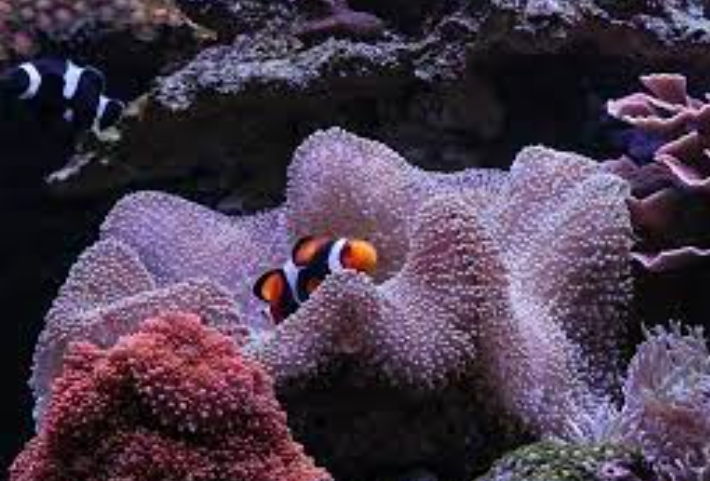
An ancient armored worm may hold the key to unlocking the evolutionary history of a diverse collection of marine invertebrates. Discovered in China, an approximately 520-million-year-old fossil of the newly identified worm, dubbed Wufengella, could be the missing link between three of the phyla that make up a group of marine creatures called lophophorates. Based on genetic analysis, Wufengella is likely the common ancestor connecting brachiopods, bryozoans, and phoronid worms, paleontologists report.
About half a billion years ago, nearly all of the major animal groups burst onto the scene in a flurry of evolutionary diversification during what is known as the Cambrian explosion. During this time, the lophophorates underwent rapid species growth, obscuring the evolutionary history of the group; One thing that unites the different phyla in the group are their tentacle-like feeding tubes known as lophophores, but beyond that similarity, the phyla are all quite different. Brachiopods are shelled animals that at first glance look like clams, bryozoans, commonly known as moss animals, are microscopic sedentary creatures that live in coral-like colonies, and phoronids, or horseshoe worms, are soft-bodied, non-segmented creatures. They live in stationary tube-shaped structures.
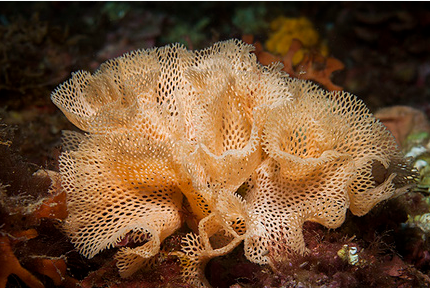
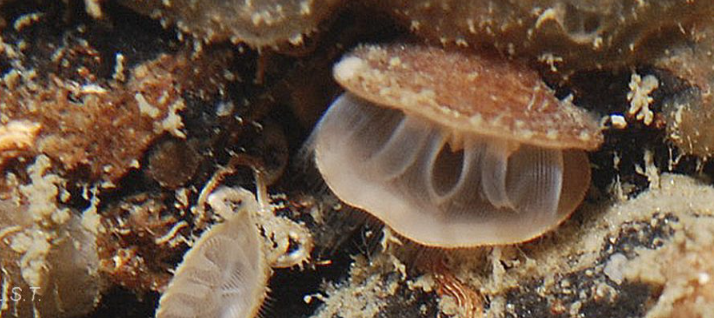
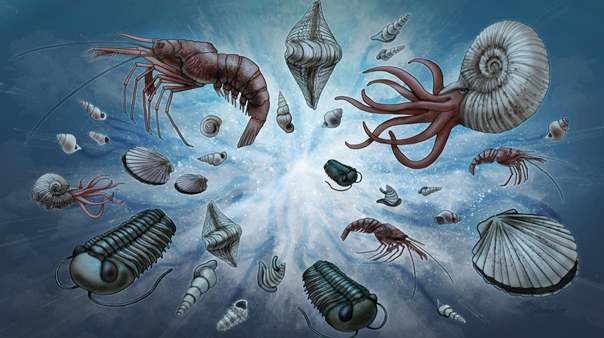
Wufengella does not belong to any of these phyla, but the creature has characteristics similar to those of brachiopods, horseshoe worms or bryozoans: a series of asymmetrical armored dorsal plates, a worm-like body and bristles protruding from the lobes surrounding its body. Typically such a creature would have spent its life in shallow water, organisms don’t tend to keep well there, they decompose faster due to exposure to a large amount of oxygen. Paleontologists suggest that the Wufengella found was probably washed up in deep water in a storm.
Now that the researchers have found one Wufengella, they hope to find more, in part to see if there are other varieties and perhaps the team could identify even more distant ancestors further back on the tree of life that could connect lophophorates to other groups of animals such as mollusks, further explaining how life on Earth is connected.

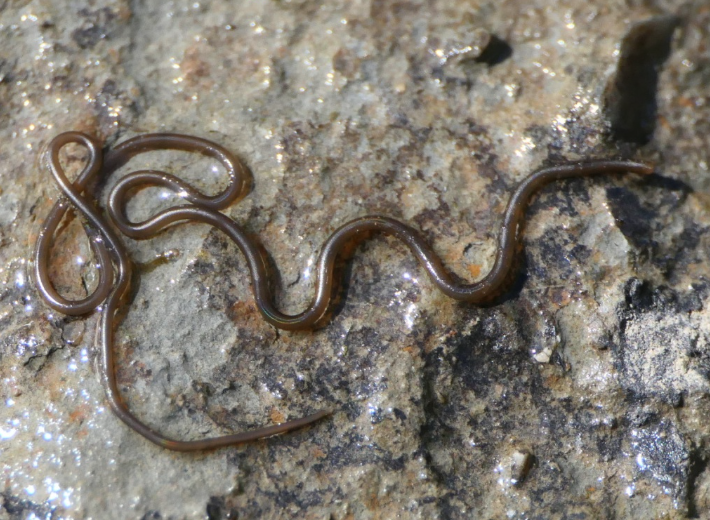



Responses